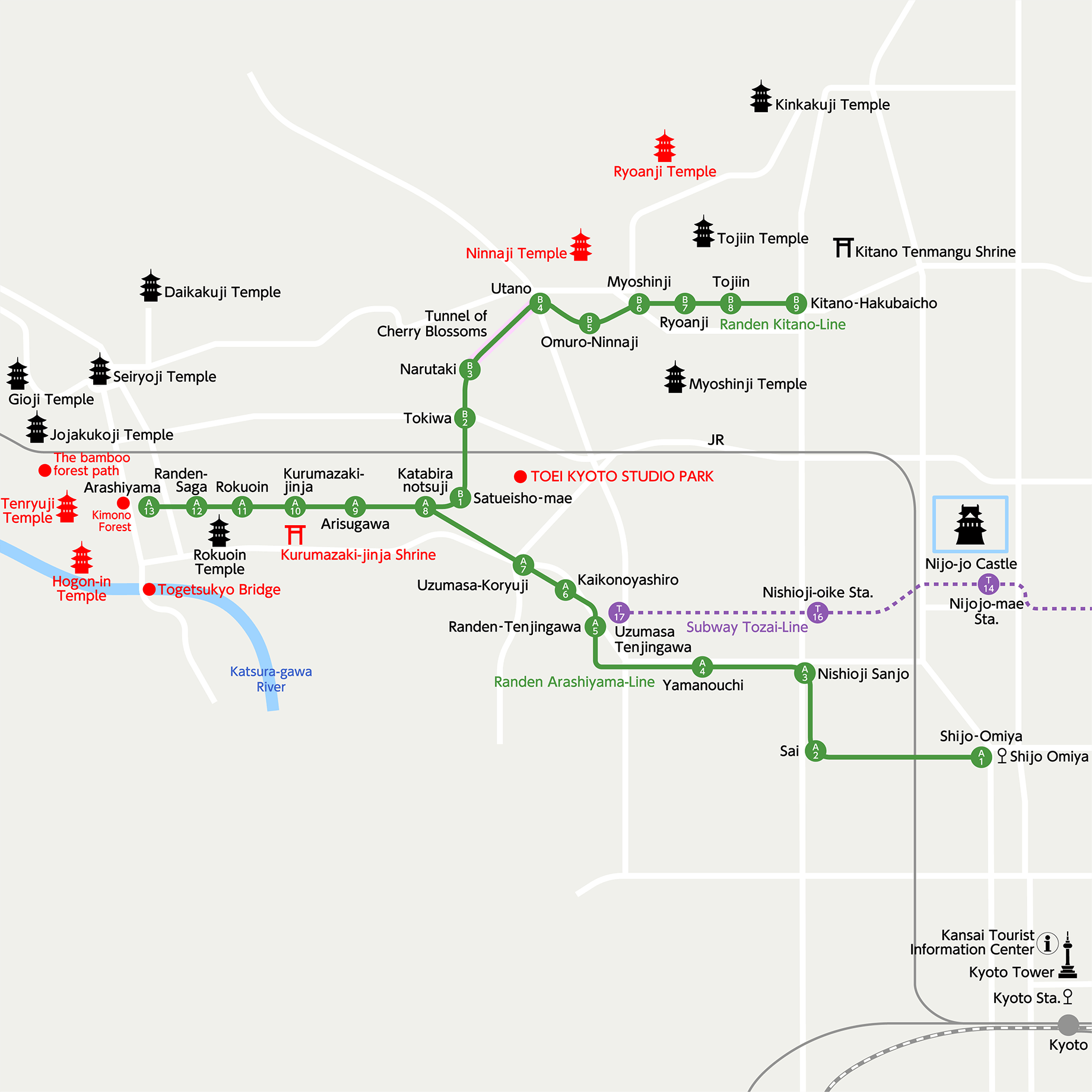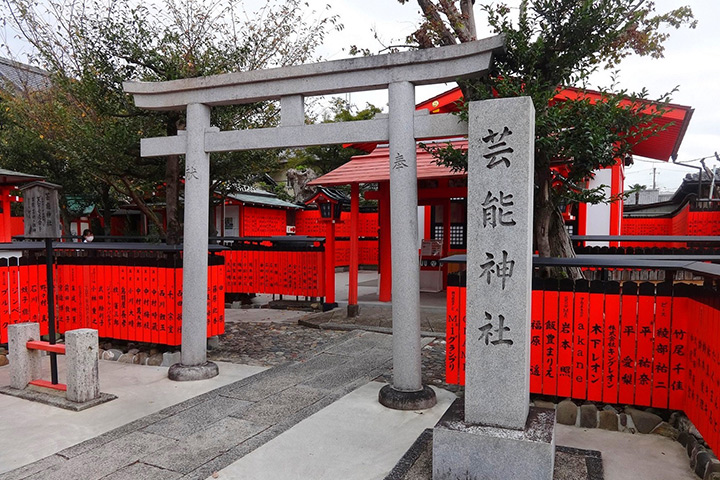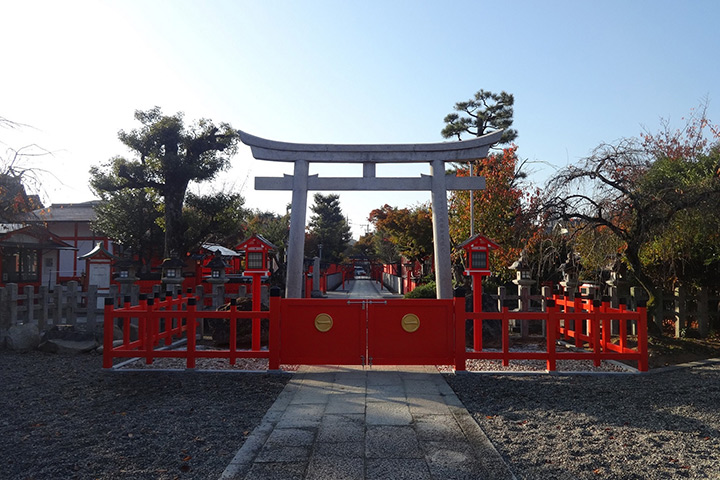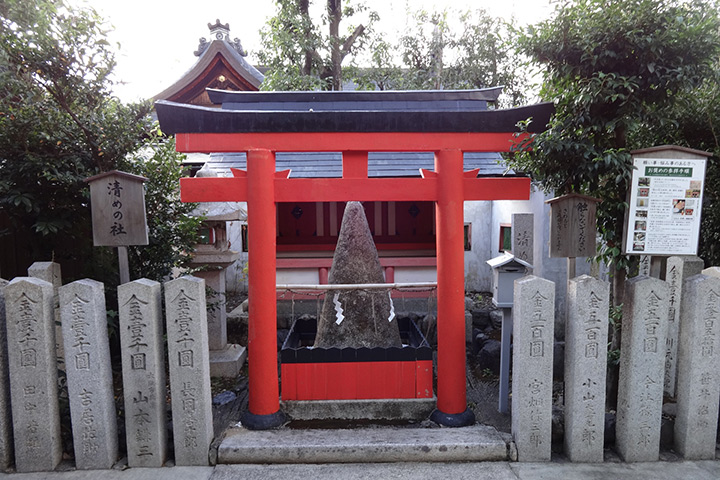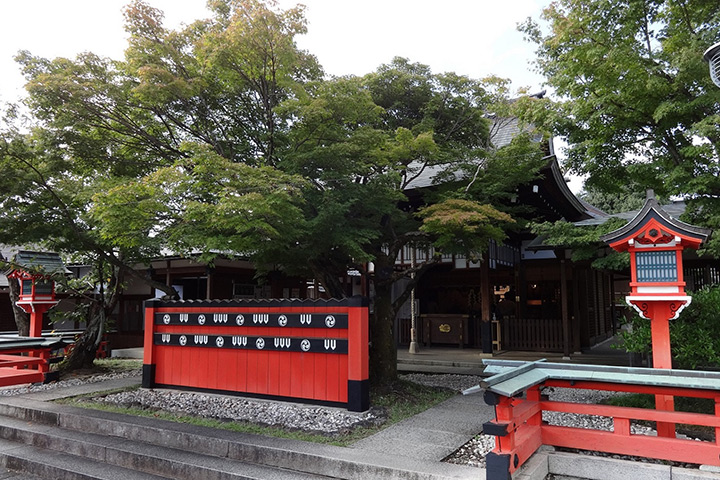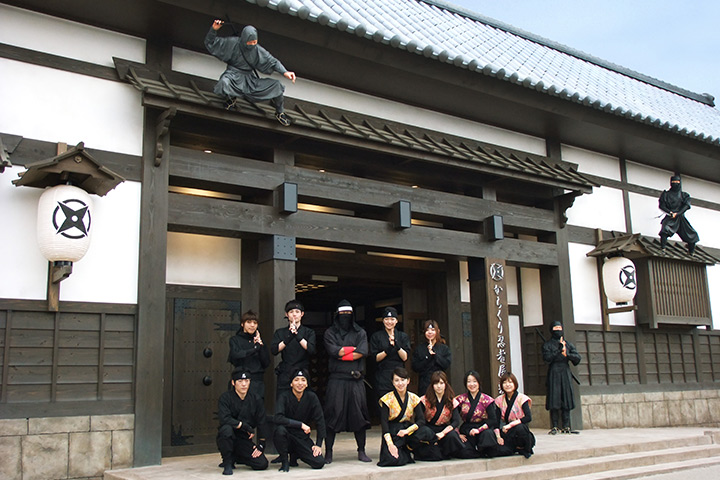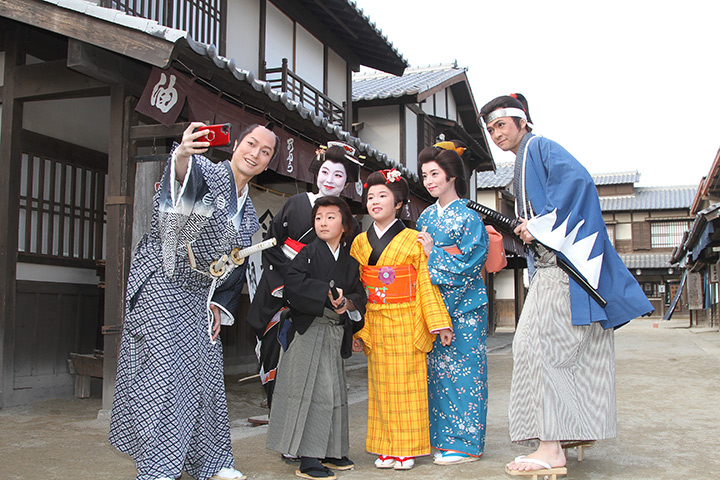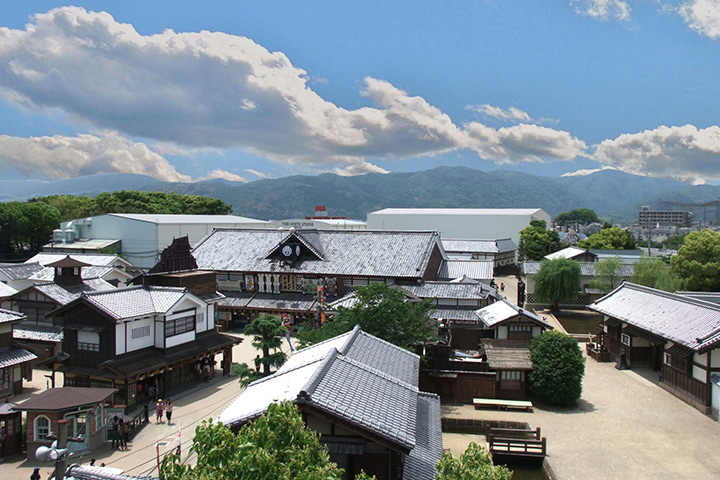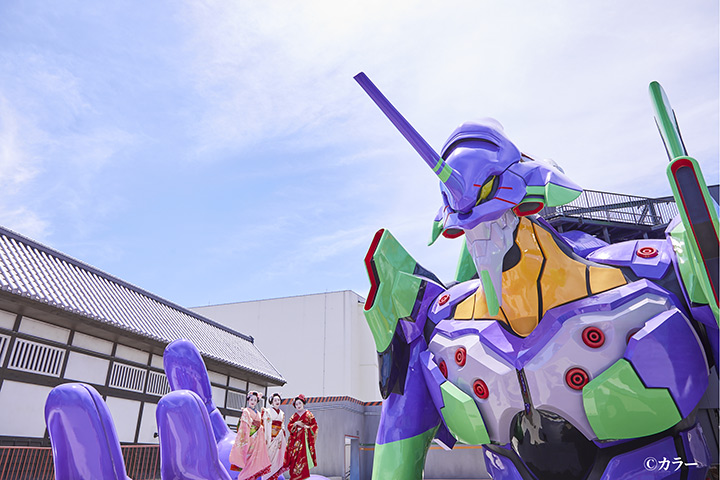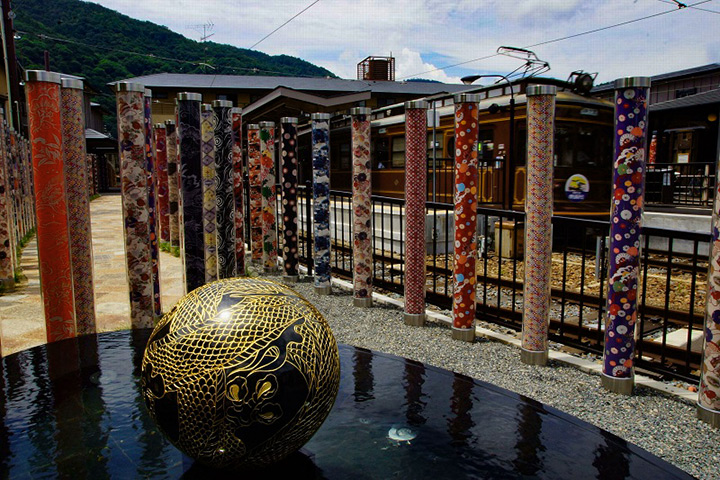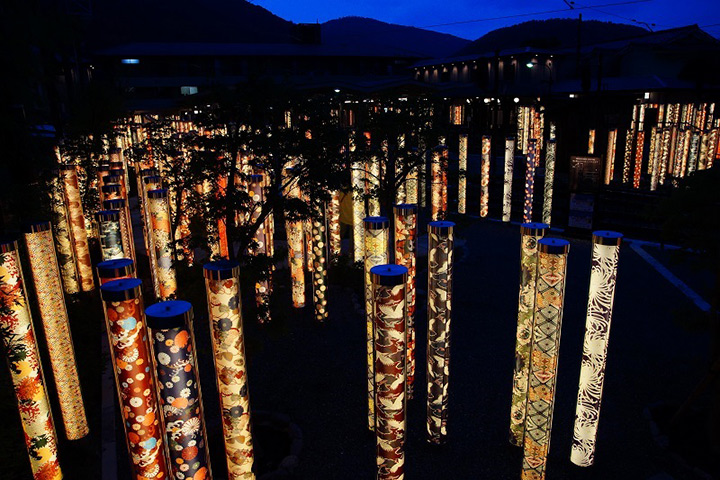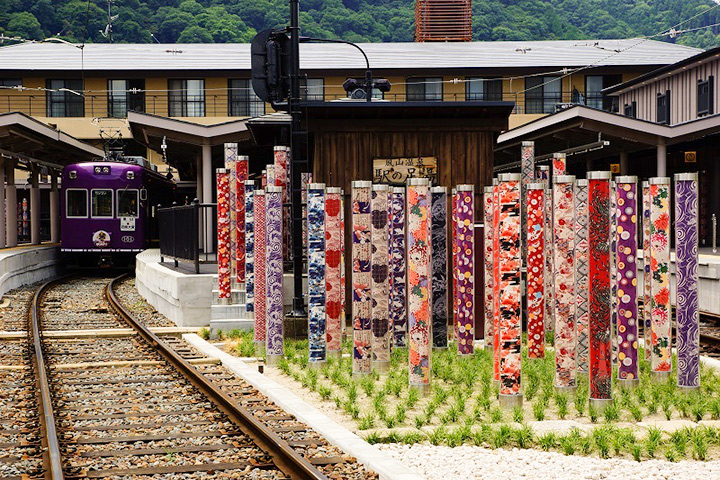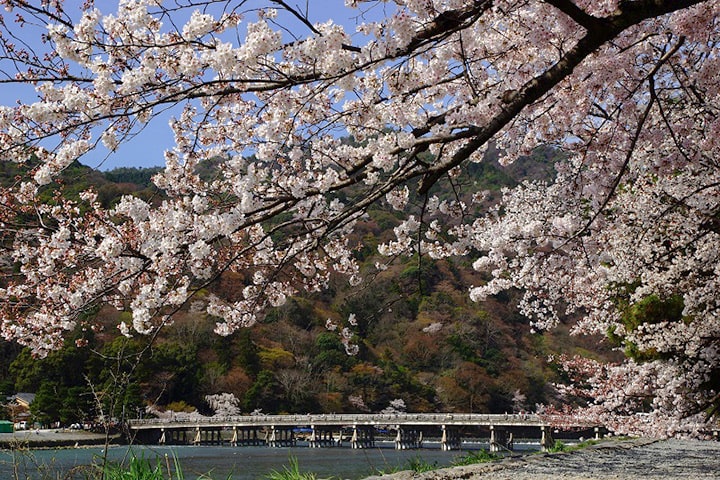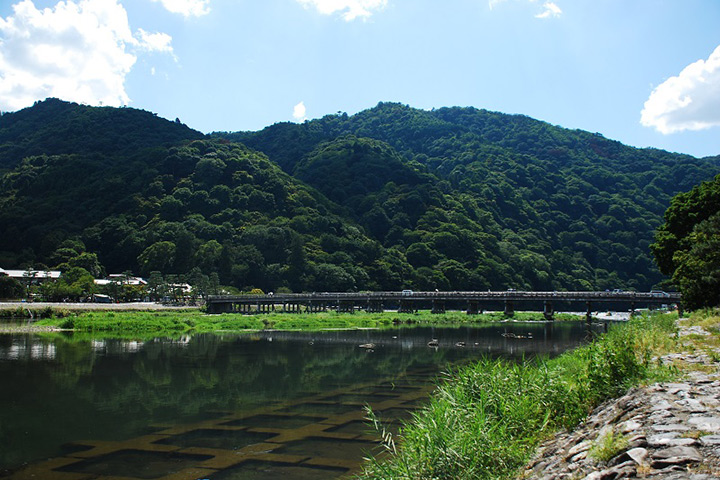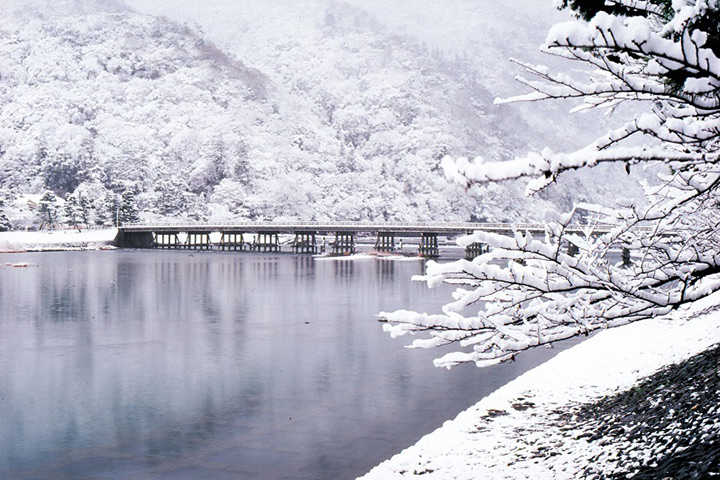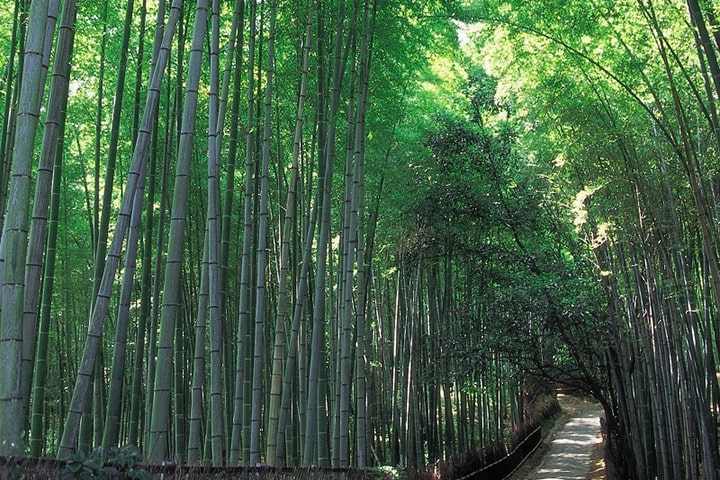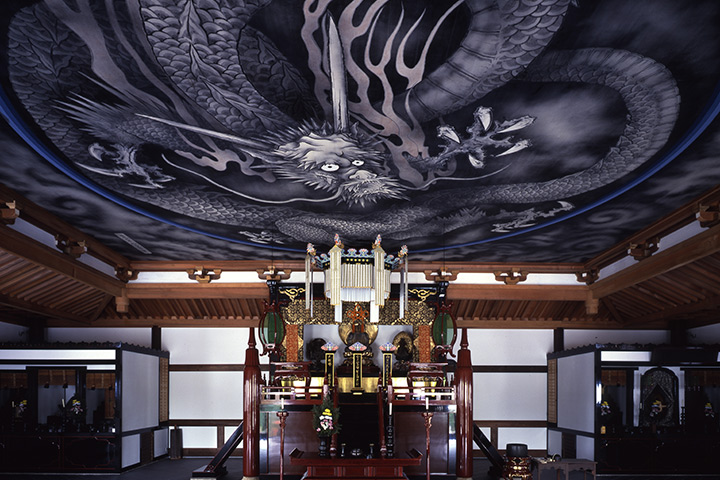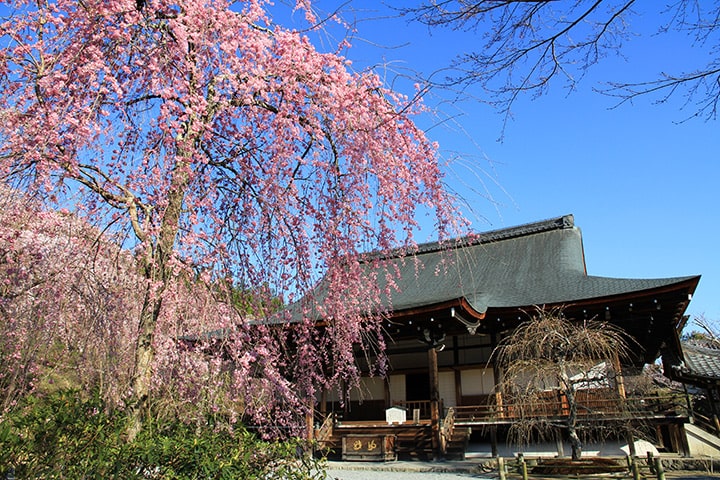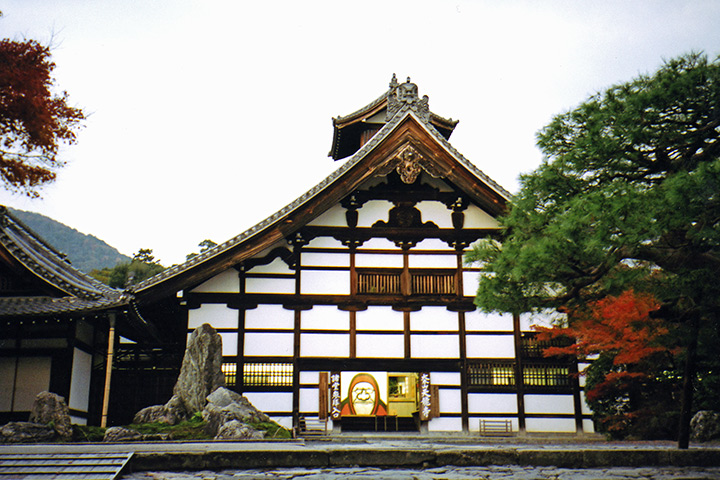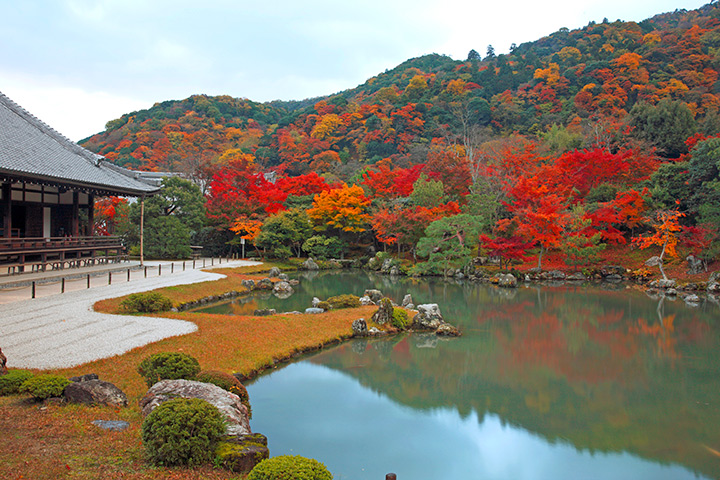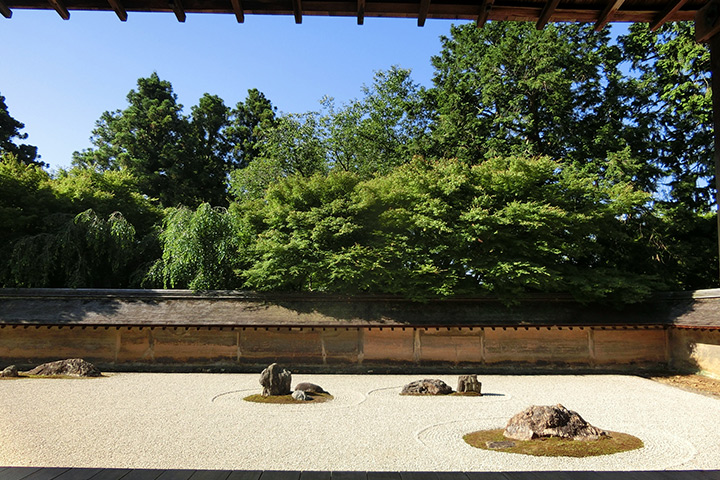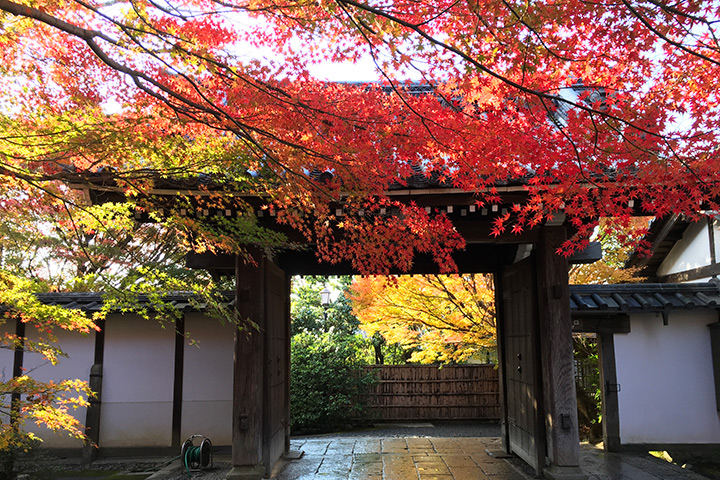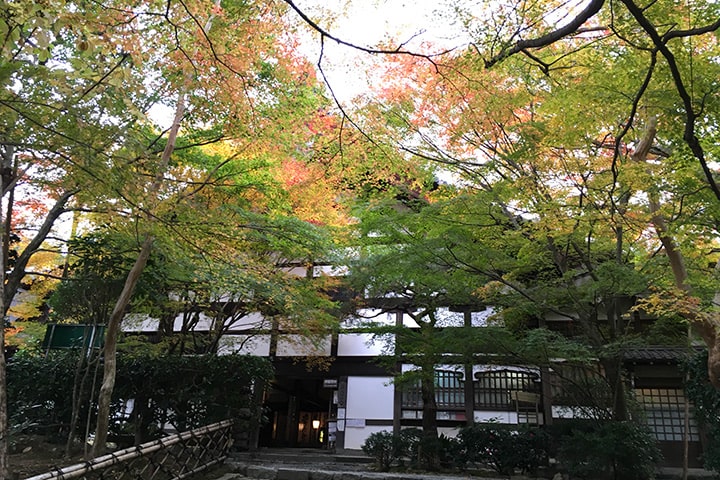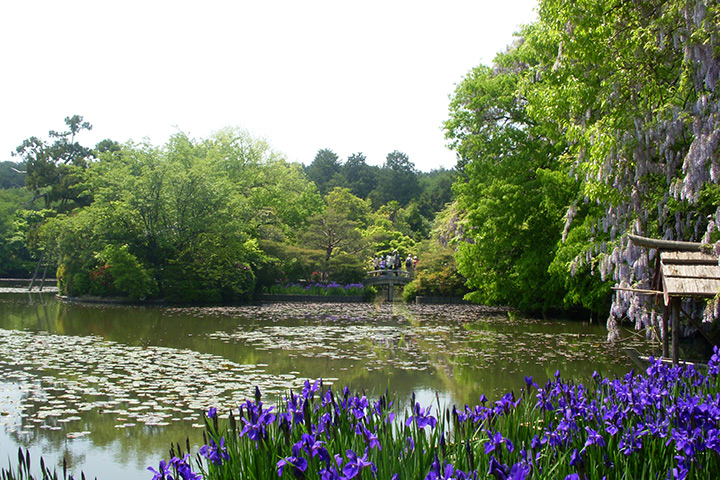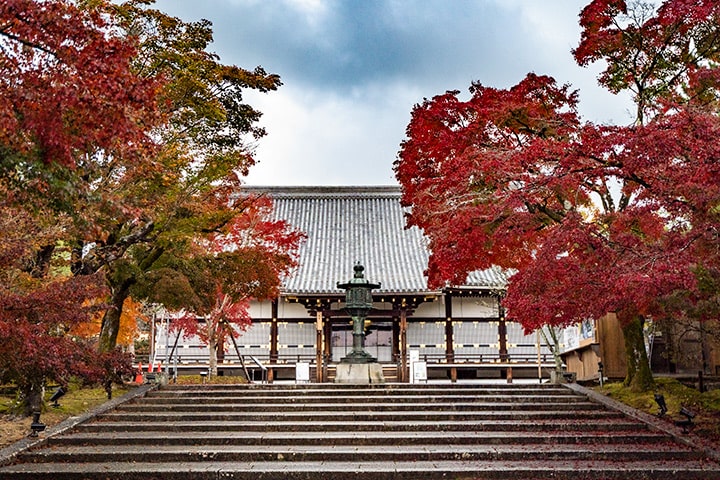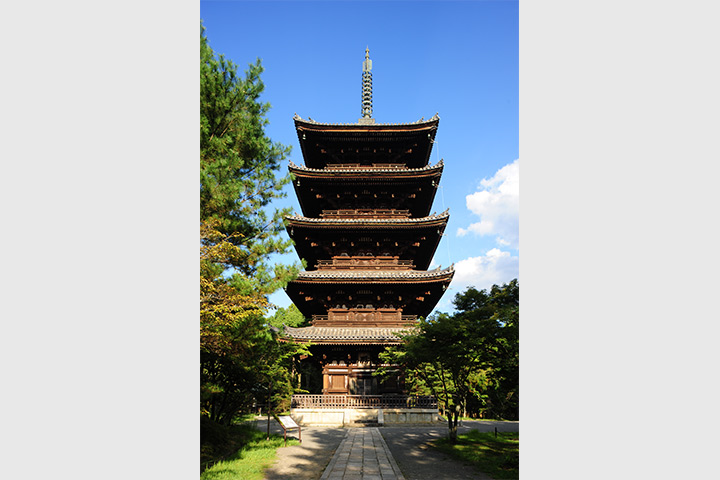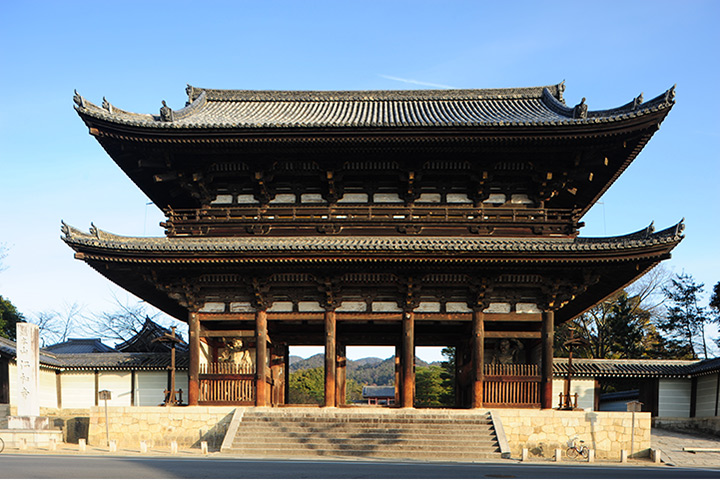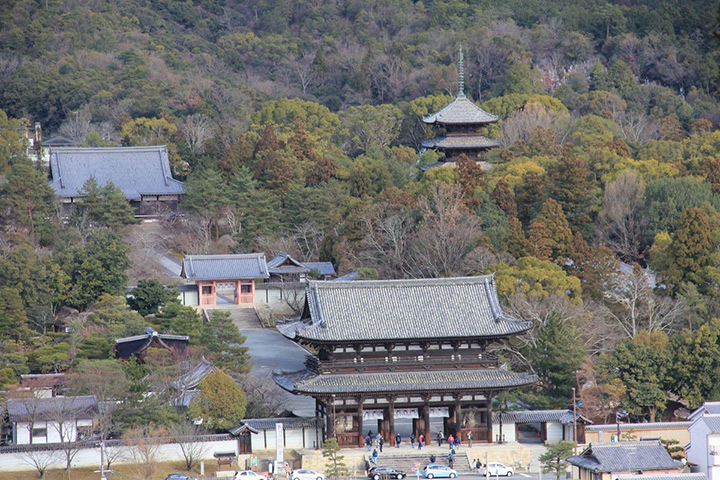In Kyoto, there are streetcar lines affectionately known by Kyoto residents as the Randen. Officially known as the Keifuku Electric Railroad, the Randen consists of two lines, the Arashiyama Main Line and the Kitano Line. The train lines were constructed to provide access to the scenic sites in western Kyoto and Arashiyama. They provide access to World Heritage Sites such as Ninna-ji and Kinkaku-ji Temples, as well as other shrines and temples with famous Zen rock gardens, known in Japanese as karesansui.
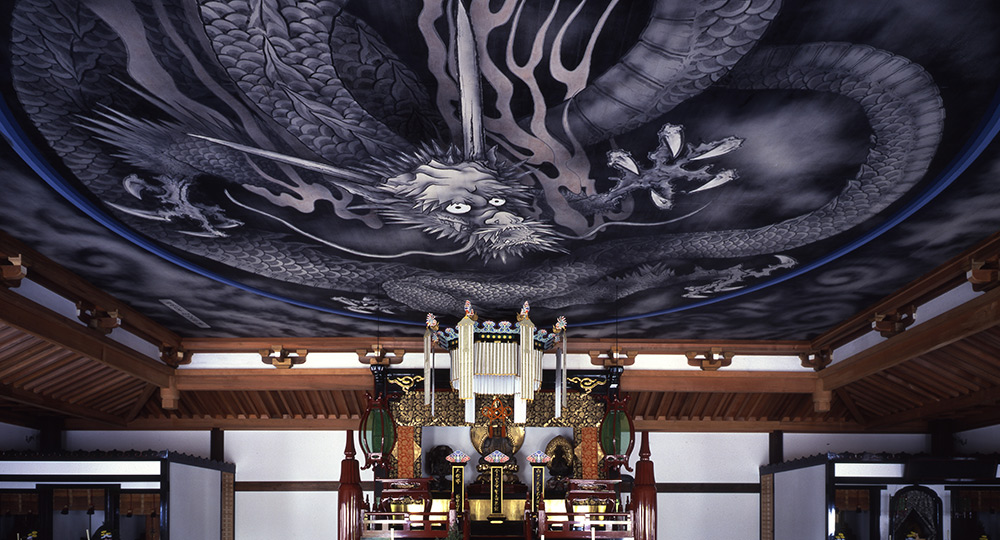
-
Randen All-Day Pass
The Randen All-Day Pass allows you to take unlimited rides on the Arashiyama Main and Kitano Lines for one day. Special benefits the pass provides include a footbath in Arashiyama Station and access to various discounts and specials at some 30 shrines, temples and tourist facilities along the Randen train lines.
Price: Adults – 700 yen, children – 350 yen
Sales locations: This pass can be purchased online or in-person through participating travel agencies. (It is not sold at station offices or ticket kiosks.) -
Kyoto Subway Randen All-Day Pass
The Randen All-Day Pass allows you to take unlimited rides on the Randen (Arashiyama Main and Kitano Lines) and the Kyoto Municipal Subway (Karasuma and Tozai Lines) for one day. Choose this pass to explore all four corners of Kyoto.
Price: 1,300 yen
Sales locations: Shijo Omiya, Katabiranotsuji, Arashiyama, and Kitanohakubaicho – the four major Randen stations – as well as at the Kyoto Municipal Transportation Bureau.- URL:
https://www.keifuku.co.jp/ - Japanese
Travel Schedule
Business hours are subject to change, and you are advised to check the official website before visiting.
-
 Kyoto Station
Kyoto Station

-
9:00 Depart from JR Kyoto Station
Kyoto Bus (15 minutes)
Shijo Omiya StationRanden (Arashiyama Main Line) Shijo Omiya Station (20 minutes)
-
-
Kurumazaki-Jinja Shrine
A shrine dedicated to Yorinari Kiyohara, it is said to answer prayers for academic achievement and passing examinations as well as good fortune, romance, and talents. Located within the shrine grounds is a shrine of entertainment dedicated to the God of Entertainment, which is believed to bring good luck to entertainers, so many TV personalities and artists visit this shrine every year.
- Address:
- 23 Sagaasahicho, Ukyo-ku, Kyoto, Kyoto Prefecture
- URL:
http://www.kurumazakijinja.or.jp/ - Japanese

-
Randen 5 minutes – Randen Uzumasa-Koryuji Station
5 minutes on foot
-
- In The Area

- In The Area
-
Toei Kyoto Studio Park
This is a theme park where you can find period film sets actually used in many Japanese films, popular Kamen Rider contents, and various other Japanese pop culture attractions. You can even dress up as a ninja and explore the period film sets as well as see actors and actresses strolling around the park in various costumes. Additionally, at the Evangelion Kyoto Base, you can ride on top of the Entry Plug and the palm of Evangelion Unit 01.
- Address:
- 10 Uzumasa Higashiokacho, Ukyo-ku, Kyoto, Kyoto Prefecture
- Visiting hours:
- 10:00 a.m. to 5:00 p.m (Subject to change depending on the season)
- Closed:
- Mid-January (may be temporarily closed)

-
Randen Uzumasa-Koryuji Station (22 minutes) – Randen Arashiyama Station
A short walk away
-
-
Hannari Hokkori Square at Arashiyama Station
Arashiyama Station is now not only a place to enjoy shopping, but the station itself has become a great tourist spot. The Kimono Forest, made up of about 600 pillars wrapped in yuzen cloth to create a unique atmosphere around the station, encompasses the area in a warm light at night, giving the station a mysterious air.
-
-
Lunch

-
10 minutes on foot
-
-
Togetsu-kyo Bridge
Spanning the Katsura River, this wooden bridge is 155m long and 11m wide and serves up spectacular views of Arashiyama with cherry blossoms in the spring and maple leaves in autumn. Nearby, you can rent a boat or ride on a Yakatabune as well as enjoy cormorant fishing druing summertime.

-
10 minutes on foot
-
-
Bamboo Grove
North of Togetsu-kyo Bridge is the vast bamboo grove of Sagano. Covered by tens of thousands of bamboo trees, it is dotted with small paths that weave through the bamboo grove and is one of Kyoto’s most popular photo spots.

-
A short walk away
-
-
Tenryuji Temple
Tenryuji Temple was built by the shogun Ashikaga Takauji in 1339 to console the spirit of Emperor Go-Daigo, who passed away in Yoshino, Nara Prefecture. The temple was also built in memory of the victims of the war between Northern and Southern dynasties, regardless of affiliation. It is the head temple of the Tenryuji School of the Rinzai Sect, with Muso Kokushi Soseki as the founding abbot. It was a famous Zen temple in the Muromachi period (1333-1573), but eight major fires have ravaged the temple since its establishment. The current monastery was rebuilt during the Meiji period (1868-1912). In 1994, it was certified and registered as a World Cultural Heritage Site. In 1997, Matazo Kayama, a Japanese-style painter, drew a painting of a dragon staring at all sides, “Unryu-zu,“ on the Hatto’s ceiling. Today, Tenryu-ji’s training ashram continues to hold tough training.
- Address:
- 68 Saga Tenryu-ji Susuki no Baba-cho, Ukyo-ku, Kyoto
- Visiting hours:
- 8:30 a.m. to 5:30 p.m. (to 5:00 p.m. between October 21 and March 20)
-

 Shijo Omiya Station
Shijo Omiya Station
-
10 minutes on foot
Randen Arashiyama Station (30 minutes) – Randen Shijo Omiya Station
-
- In The Area
-
Ryoan-ji Temple
Constructed in 1450 under the Myoshin-ji sect of the Rinzai school of Buddhism, Ryoan-ji Temple is registered as a UNESCO World Heritage Site. Of particular note is the rock garden, which is viewed from the veranda of the abbot's residence. Among the white sand that covers the garden, 25 meters in width and 10 meters deep, are 15 rocks scattered in five locations in an apparently simple design. However, no matter your location on the veranda, you cannot see all of the rocks.
- Address:
- 13 Ryoanji Goryonoshitamachi, Ukyo-ku, Kyoto, Kyoto Prefecture
- Visiting hours:
- March 1 to November 30: 8:00 a.m. to 5:00 p.m.
December 1 to End of February: 8:30 a.m. to 4:30 p.m.
-
- In The Area
-
Ninna-ji Temple
A World Heritage Site. Until the Meiji Restoration in the mid-nineteenth century, members of the imperial family served here, giving this temple the nickname "Omuro Gosho," meaning imperial residence. A wide range of cherry blossom trees have been planted at Ninna-ji Temple, but the forest of cherry blossom trees known as omuro zakura are particularly renowned and the object of many poems since long ago. The best time for seeing the omuro zakura blossoms is just as the cherry blossoms in the city of Kyoto have begun to fall. The height of the some 200 trees is just taller than a person, very unusual for cherry blossom trees. The contrast between the five-story pagoda and omuro zakura forms one of the scenic views typical of Ninna-ji Temple.
- Address:
- 33 Omuroouchi, Ukyo-ku, Kyoto, Kyoto Prefecture
Area Map
